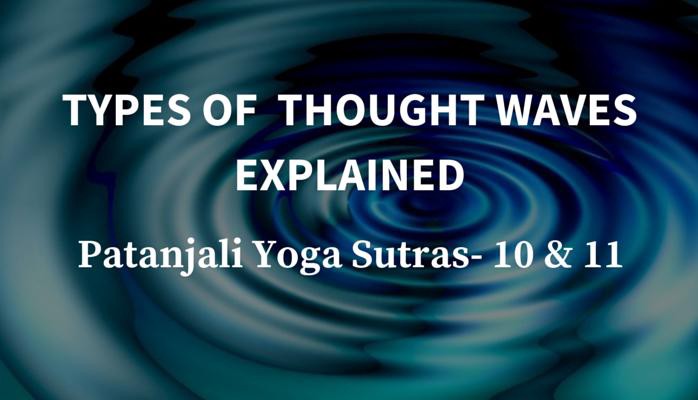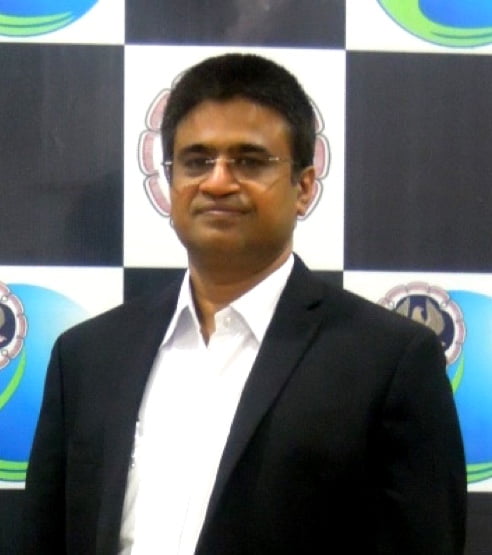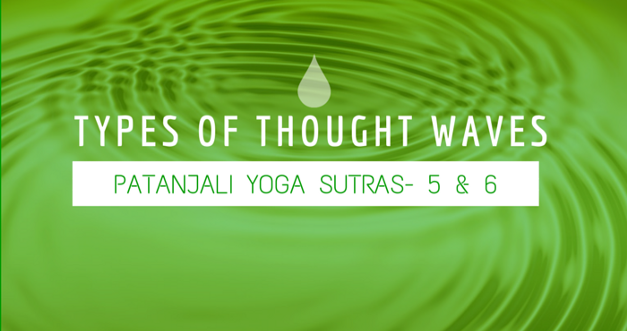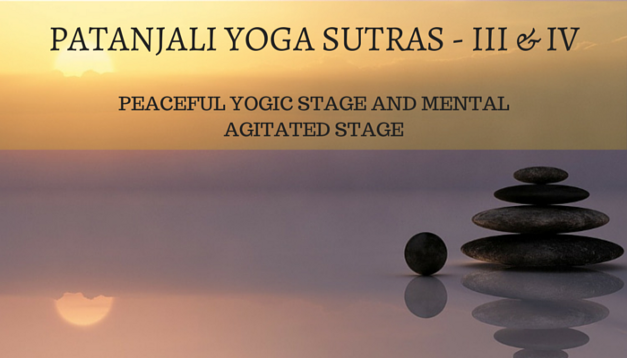In the last post, we had discussed Pramana, Viparyaya and Vikalpa thought waves. Taking the example of water, we saw how different individuals understand
A normal individual believes in something only when it aligns with his accumulated learnings. Whether it is a Pramana thought (based on conclusive proof), or Viparyaya (based on alternative), the individual’s view differs. What is Viparyaya thought for one individual, may be a Pramana thought for
Moving ahead to the next thought waves, we will be discussing Nidra and Smriti thought waves now:
अभावप्रत्ययालम्बना वृत्तिर्निद्रा॥१०॥ Abhāvapratyayālambanā vṛttirnidrā||10||
Nidra, means a dormant blank mind normally associated with biological state of sleep. During the time of sleep, imaginary visualizations and hallucinations do occur as dreams but they are exceptions. The uninterrupted thought waves that batter our brains incessantly are absent in the state of Nidra. This absence of thoughts is also a Vritti Anomaly as per Patanjali’s Yoga Sutras.
Nidra occurs when there exists no conclusive knowledge(Pramana), no error or mistake(Viparyaya), no surreal imagination(Vikalpa), and no memory of past events (Smriti). As soon as the other thought waves begin to disappear from the mind, Nidra is established gradually. Nidra takes place on the basis of inertia and absence of mental activity.
In Nidra, our mind experiences the state of nonexistence. While other thought waves are positive in nature, nidra is based on denial of all the thought activity. Then why did it be called a vritti or an anomaly which needs to be resolved by the practice of Yoga?
Modern science explains that
The anatomy of
Nidra and sleep are not exactly synonymous. Sleep has more to do with the brain and physical anatomy, while
The science behind sleep explains the logic that if Yogic style of controlled thought waves during the day generates less toxic waste then the need for Nidra or absence of thought waves is reduced. As a result, the Yogis can stay awake for days together without feeling drowsy. Yogic lifestyle helps a person to get rid of the need for this vritti called Nidra.
अनुभूतविषयासम्प्रमोषः स्मृतिः॥११॥Anubhūtaviṣayāsampramoṣaḥ smṛtiḥ||11||
The Sanskrit word “Smriti”, means memory (noun) and recalling (verb). It is another vritti wherein one remembers his past experiences. While doing so, one is distracted from the present moment and enters into imagination. Every individual remembers the past events with his current state of mind and experiences. The recalling creates pain or pleasure depending upon on the type of memory that we have had.
Whatever an individual has experienced and learned all his life, is stored in his memory. Our brain not only stores the memories but it also processes, links relates and infers using the available information. All that is done by the brain seamlessly and it affects our existing thoughts. The diverse past experiences stored in our memory get intermingled with each other. They create a blend based upon the stored information, knowledge and current situation.
Smriti can be of both good and painful events. In this thought wave, the feelings of past get linked with the present state of mind. For instance, a person has enjoyed a great Holiday in Hawaii or had a long drive in a convertible coupe with a friend and he is now just remembering them. The grief of separation and the absence of that particular friend can create pain or the fond memories of the trip may give happiness to the person.
The varied experiences and memories in our brain are collectively responsible for our outlook about life. Memory once created, remains in our brain permanently. While some memories remain clear, others fade with time; but they never cease to exist. Even if we forget something, the actual memory is not vanished. It only becomes difficult to access that particular experience that can be made possible with the help of yoga.
Through a disciplined Yoga practice, an individual can retrieve the memories of childhood that may appear to have been forgotten. Yoga can help an individual observe his thought patterns and remember those incidences that are responsible for his current beliefs and mindset. This reason being why yoga sutra underlines how the past memories influence present state of mind and thus is a vritti.
We have in the posts till date discussed the five kinds of thought waves (vrittis) responsible for disturbing the peace of mind. These thought waves on our mind are like the ripples in water that keep disturbing its stillness. With the practice of Yoga, one can easily minimize these ripples and have a still and peaceful mind. In the next post, we will be discussing various Yogic methods of overcoming these vrittis.



